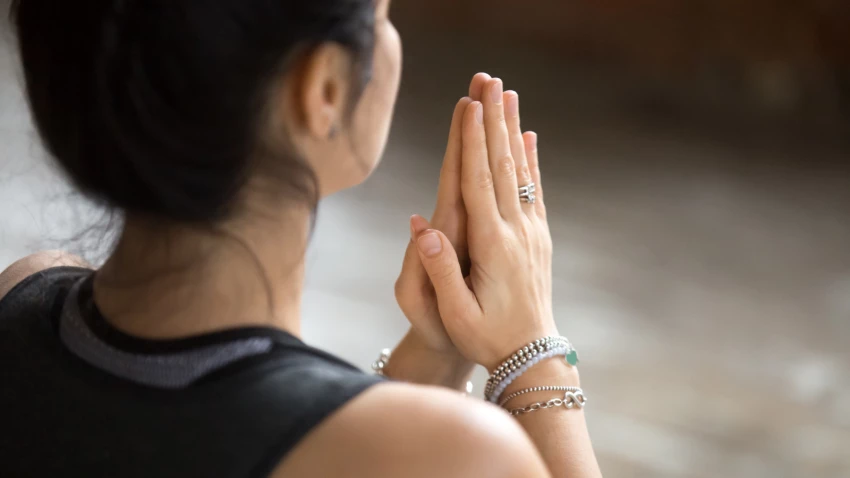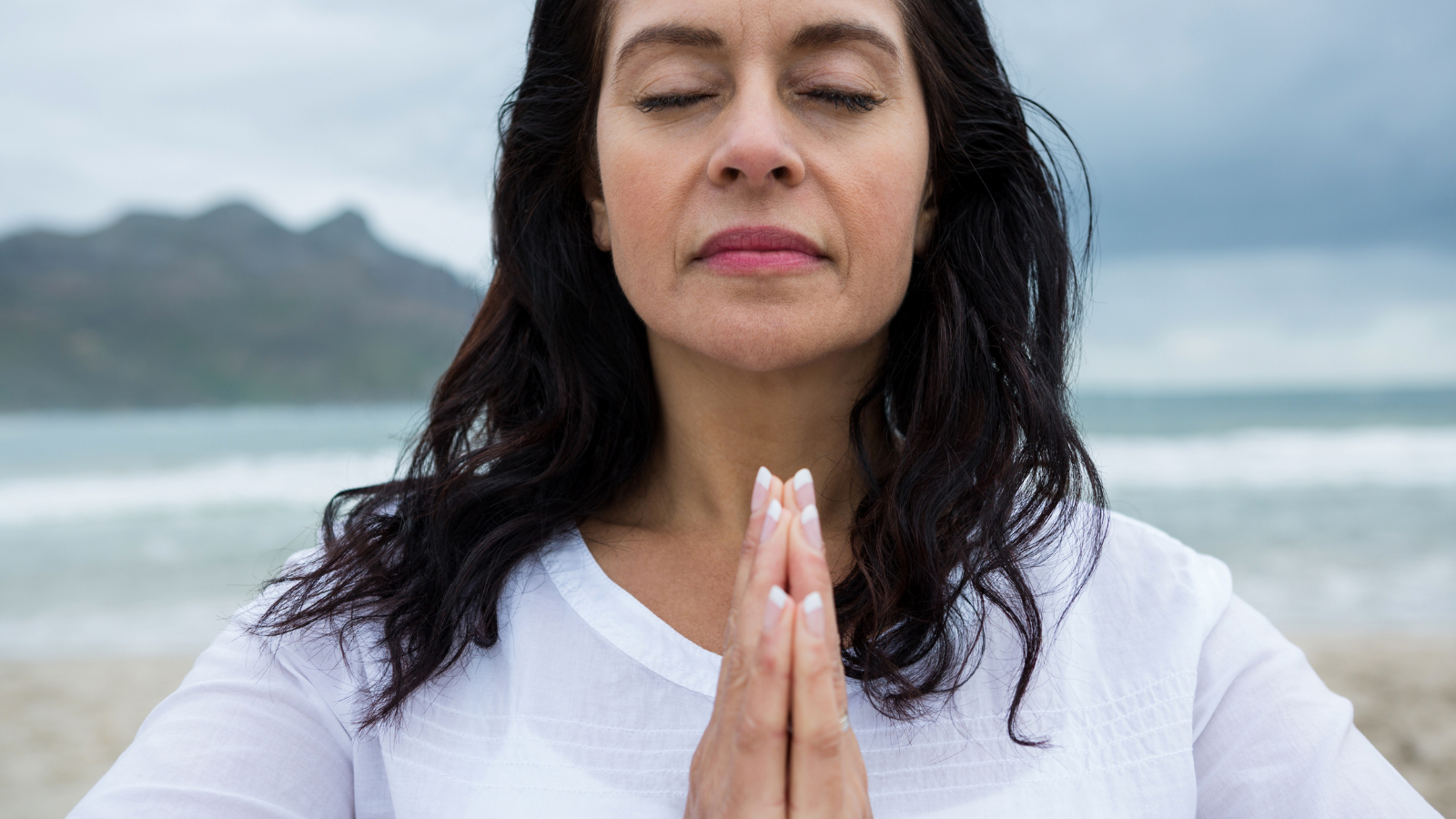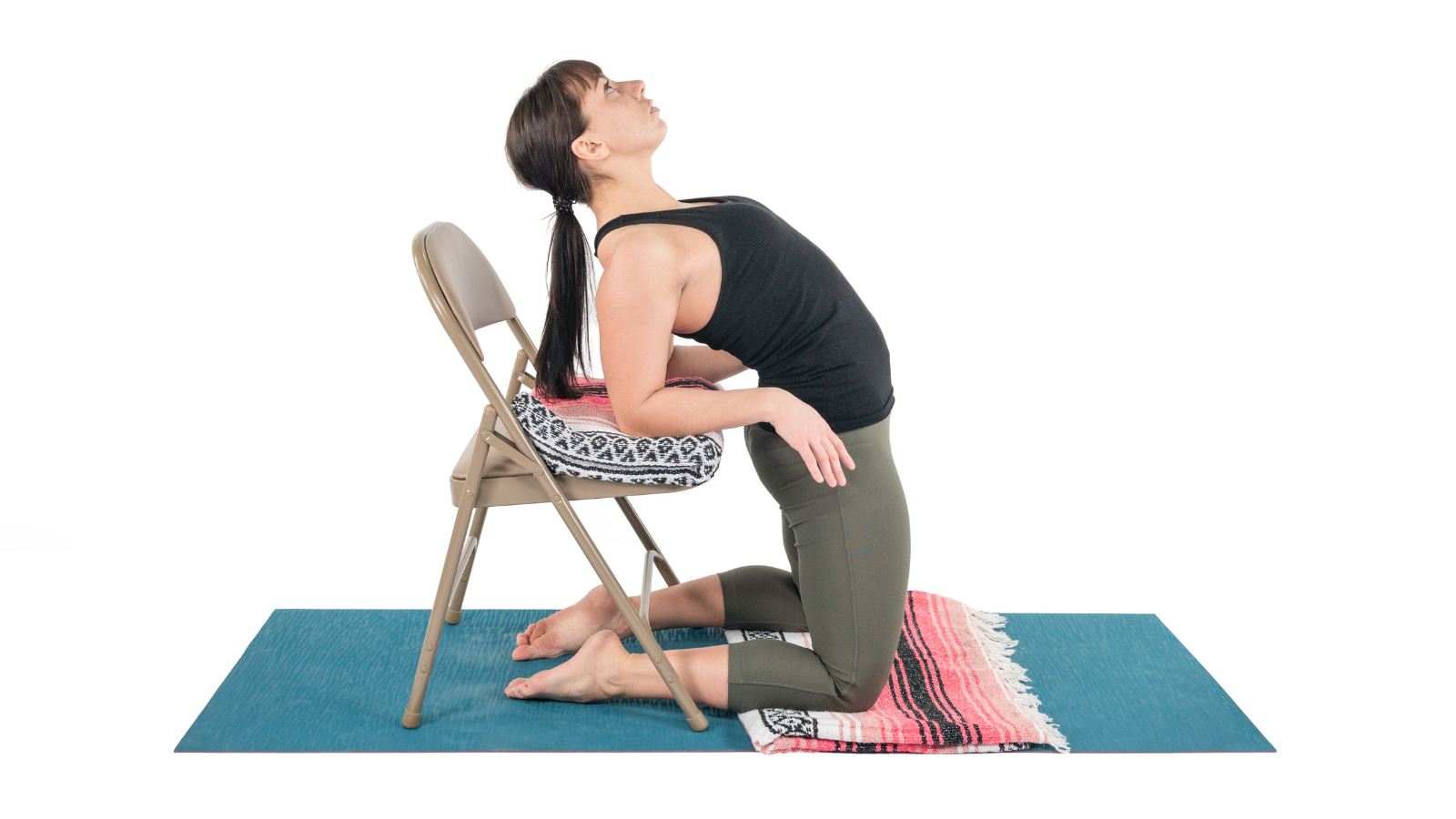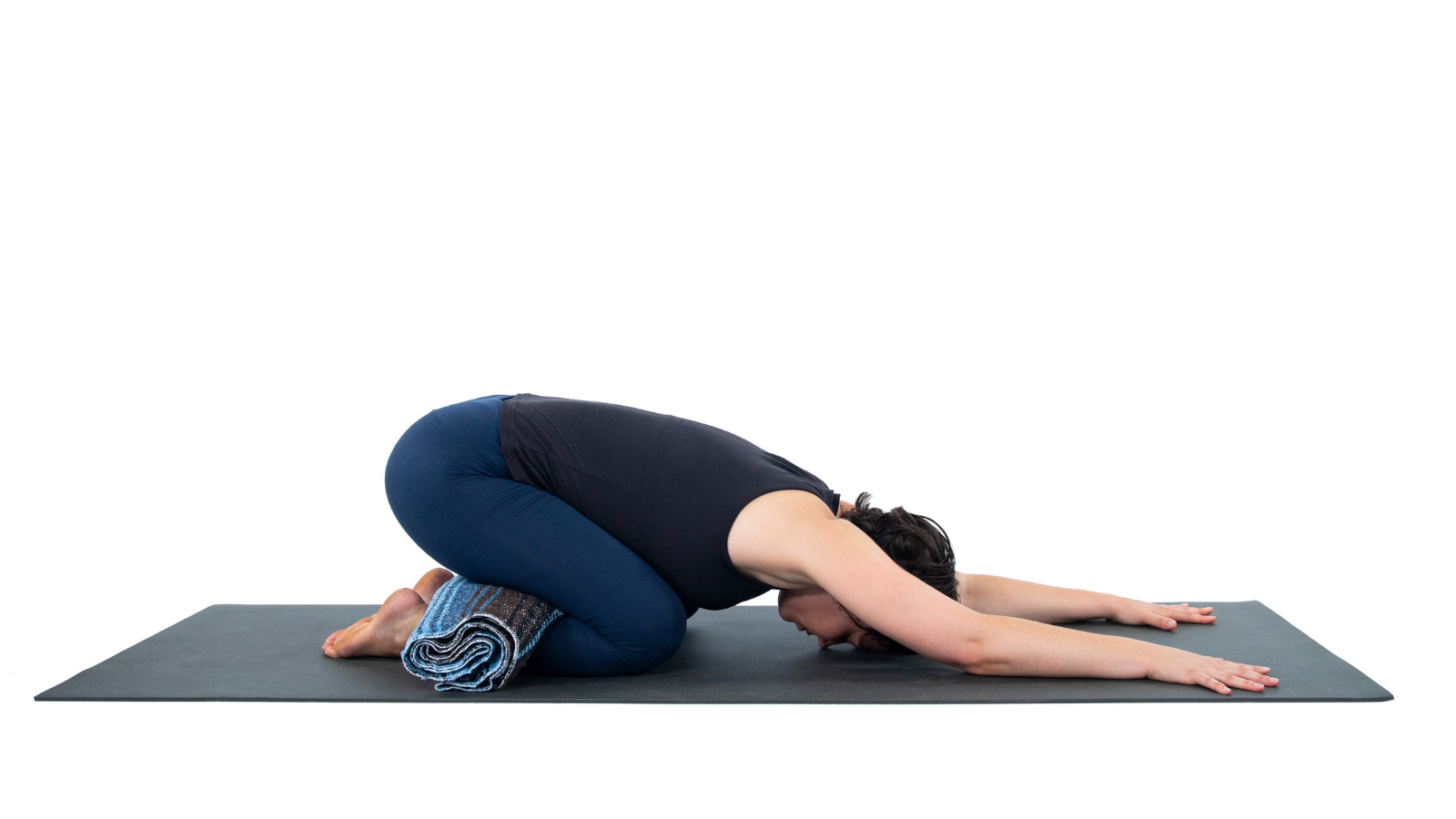Subtle Yoga Anatomy – Nurturing Your Heart Chakra (Anahata)

This is part 5 in my series on the chakras. The last post focused on Manipura (Solar Plexus) Chakra and how we sense, feel and recognize our personal power, authenticity, and self-definition. This post will explore Anahata (Heart) Chakra.
The literal meaning of Anahata is “unstruck” (unhurt, unbeaten). Anahata is said to be located in the center of the chest and related to the thymus gland. This organ is part of the immune system and the endocrine system. It produces T cells responsible for fighting off disease and can be adversely affected by stress. The element associated with the heart chakra is air.
In her book, Anatomy of the Spirit, Carolyn Myss writes:
“The fourth chakra is the central powerhouse of the human energy system. The middle chakra mediates between the body and spirit and determines their health and strength.”
Love, Relationship, and the Heart Chakra

Two issues we need to address in working with this chakra are love and relationships with ourselves and with others. As you might imagine, these are central life issues that ask us to develop an inner emotional steadiness and calm from which to act consciously with appropriate boundaries, loving-kindness, forgiveness, and compassion. Not always an easy task, especially when the body has suffered second chakra trauma.
Stephen Levine discusses that point in his book, Healing Into Life and Death. In working with one woman who had suffered sexual assault at an early age, he made the connection between the Heart and Sacral chakras—what he calls the spiritual upper heart and the heart of the womb, the lower heart. He wrote:
“Clearly, many women’s upper hearts had become inaccessible when their lower hearts had closed due to abuse and frightful mishandling.”
This is certainly applicable to men and to those who place their gender identity at any point on the rainbow of human expression as well.
Opening—and Protecting—Anahata Chakra

For those who have not suffered this type of second chakra trauma, working with heart energy can still be a complicated journey. Boundary, trust, and intimacy issues often get in the way of achieving clarity, balance, and healing. For many years, I experienced a palpable inner discomfort when my teachers led our classes through guided meditations on opening the heart. I would almost always see my heart as a cave with the entrance covered by a heavy wooden door. I had enough self-awareness at the time to know that I was protecting my heart from years of being disappointed, feeling ignored, and being “othered.” Now, after more self-awareness work, I am more open to meditations on the heart, and if an invitation is not offered to protect my heart before opening the door, I give myself permission to do that.
I learned about the wisdom of protecting the heart before opening it during a weekend training at the Himalayan Institute in Pennsylvania with Shari Fredrickson. In small working groups, we were to prepare a short sequence on working with heart energy. The focus of most of the groups, including mine, was heart-opening postures like Camel Pose (Ustrasana) and Fish Pose (Matsyasana). Shari suggested we consider beginning with a protective posture for the heart before offering a heart-opening practice. The light bulb went off in my head. Lesson learned.
Perception and Anahata Chakra
We can gain clarity around our success or lack of success in working with heart energy by noticing how we react or respond to situations we face in our lives. For example:
- If our perception of a situation is wrong, wrong action likely follows.
- If our perception is correct, but we have doubt or fear, we may take no action or wrong action.
- If our perception is correct and we are clear in our understanding, right action will likely result even if the outcome is not what we expected or desired.
Balancing and healing heart energy is, like all self-awareness practices, a lifelong journey. In Eastern Body, Western Mind, Anodea Judith’s list of healing practices for the fourth chakra includes the suggestion to “Work with the arms—reaching out, taking in.” Here is one of my favorite ways to do that while honoring Shari Fredrickson’s advice.
How to Open Anahata Chakra with Yoga
Dynamic Cobra (Bhujangasana)

This is also a recommended practice for the Sacral chakra. I’ve made a few variations for the Anahata chakra.
1. Come to the floor on your hands and knees with your knees hip-width apart (or wider if that is more comfortable) and your arms shoulder-width apart and outstretched.
2. Exhale as you sit back onto your heels in Child’s Pose (Balasana) (shown above) to generate a feeling of safety, security, and protection. Take several breaths here.
3. When you feel ready, inhale, move through Tabletop Pose (Bharmanasana) position to lower yourself into your comfortable version of a straight-armed Cobra Pose (Bhujangasana) ( one variation shown below). Take a few breaths here if you are comfortable.
4. When ready, exhale, push yourself up to Tabletop Pose, and sit back into Child’s Pose.
5. Pick a pace and rhythm that is comfortable for your body as you move through the flow.
6. Repeat at your chosen pace for a minute or more.
7. Rest in Child’s Pose.

If you need a more accessible practice, try Kundalini Spinal Flexes in a chair:
1. Sit comfortably in your chair with your hands on your thighs.
2. Exhale as you round your spine and back with your chest sunken, dropping your chin to your chest. Take several breaths here if you are comfortable.
3. Inhale, flex your spine and back forward, stretching the chest. Take several breaths here if you are comfortable.
4. Repeat at your chosen pace for a minute or more.
5. To finish, inhale and hold your breath in on the forward flex for a second or two.
6. Exhale as you round your back and spine. Hold the breath out for a second or two.
7. Inhale to center, and rest.
“What a revolutionary proposition to realize that your heart-brokenness turns out to be the key to your willingness to remember what it takes to be a human being.” — Stephen Jenkinson
Also, read...
4 Ways to Protect Hands and Wrists in Yoga
Dancer Pose (Natarajasana): Practice Tips And A Beginner Yoga Sequence
Warrior 2: How To Sequence For Healthy Hip Alignment In A Beginner’s Class
Related courses
Bodymind Ballwork: Myofascial Release for Lifelong Flexibility
Keys to Finding Inner Strength: A Yogic Wisdom Path to Developing Greater Resilience
Somatic Yoga for Fascial Unwinding

 Beth Gibbs, MA, is a certified yoga therapist through the International Association of Yoga Therapists and a faculty member at the Kripalu School of Integrative Yoga Therapy. She holds a masters’ degree in Yoga Therapy and Mind/Body Health from Lesley University in Cambridge, MA. She is the author of Enlighten Up! Finding Clarity, Contentment and Resilience in a Complicated World and Ogi Bogi, The Elephant Yogi, a therapeutic yoga book for children. Beth is an experienced workshop leader and public speaker. She blogs at bethgibbs.com
Beth Gibbs, MA, is a certified yoga therapist through the International Association of Yoga Therapists and a faculty member at the Kripalu School of Integrative Yoga Therapy. She holds a masters’ degree in Yoga Therapy and Mind/Body Health from Lesley University in Cambridge, MA. She is the author of Enlighten Up! Finding Clarity, Contentment and Resilience in a Complicated World and Ogi Bogi, The Elephant Yogi, a therapeutic yoga book for children. Beth is an experienced workshop leader and public speaker. She blogs at bethgibbs.com



